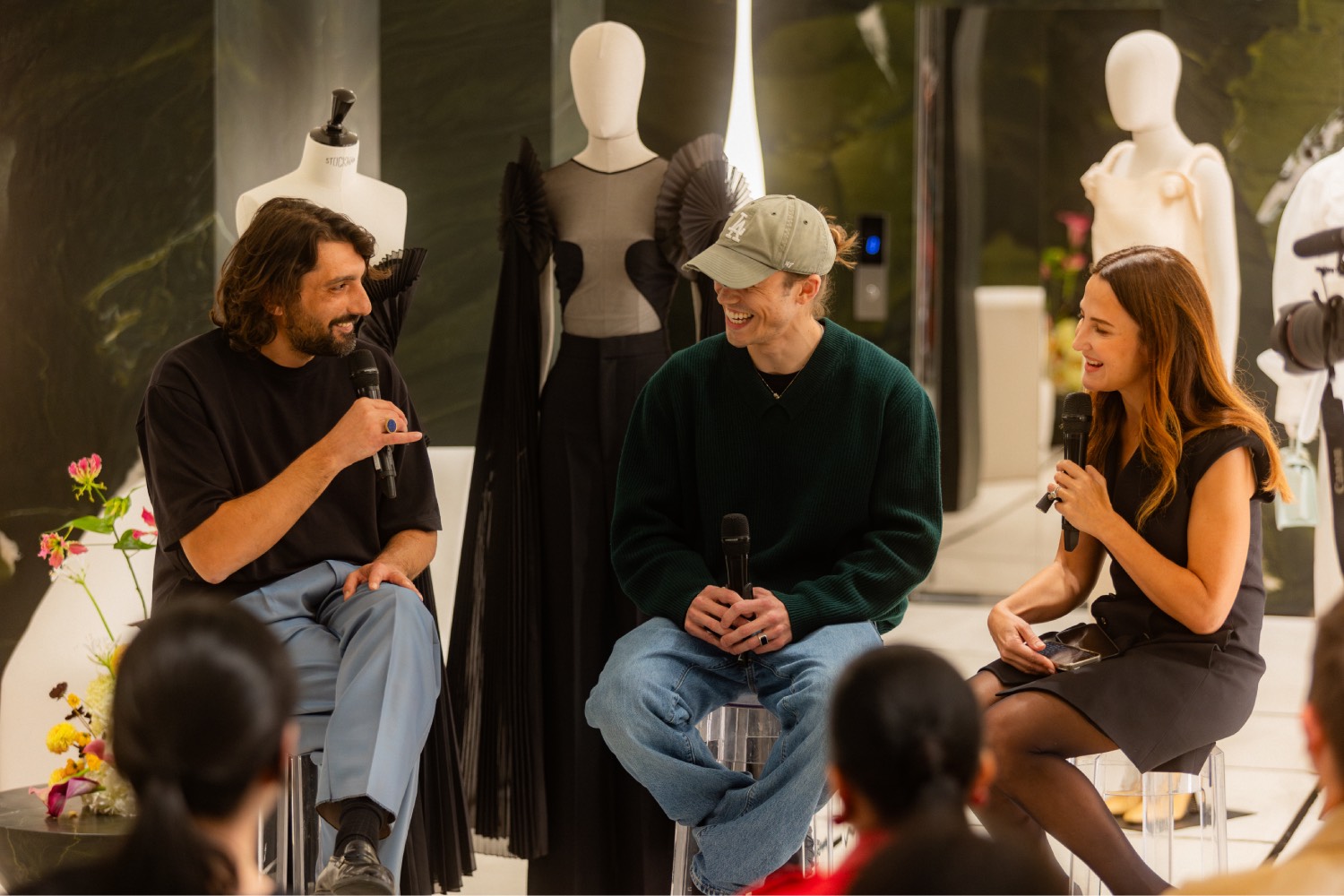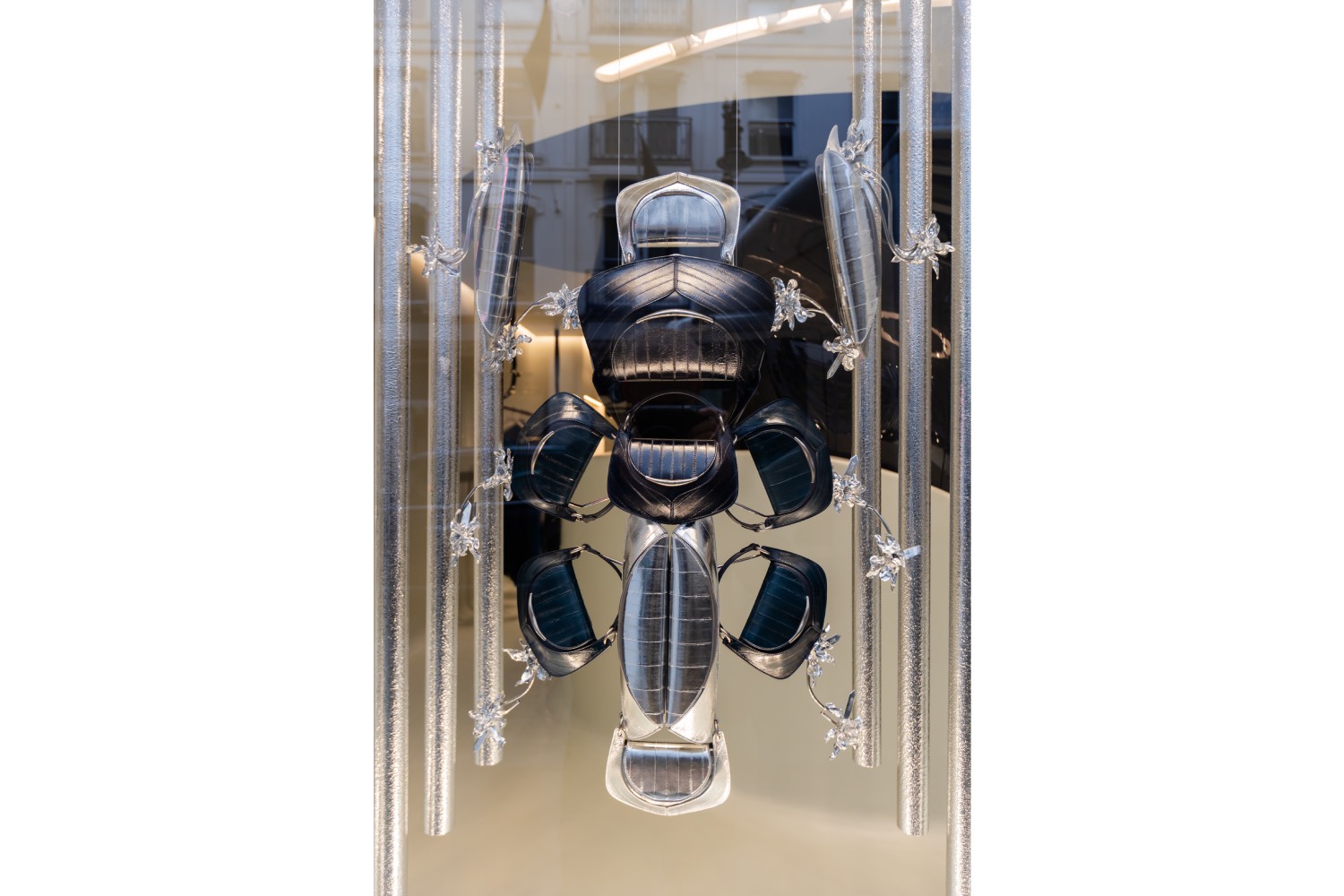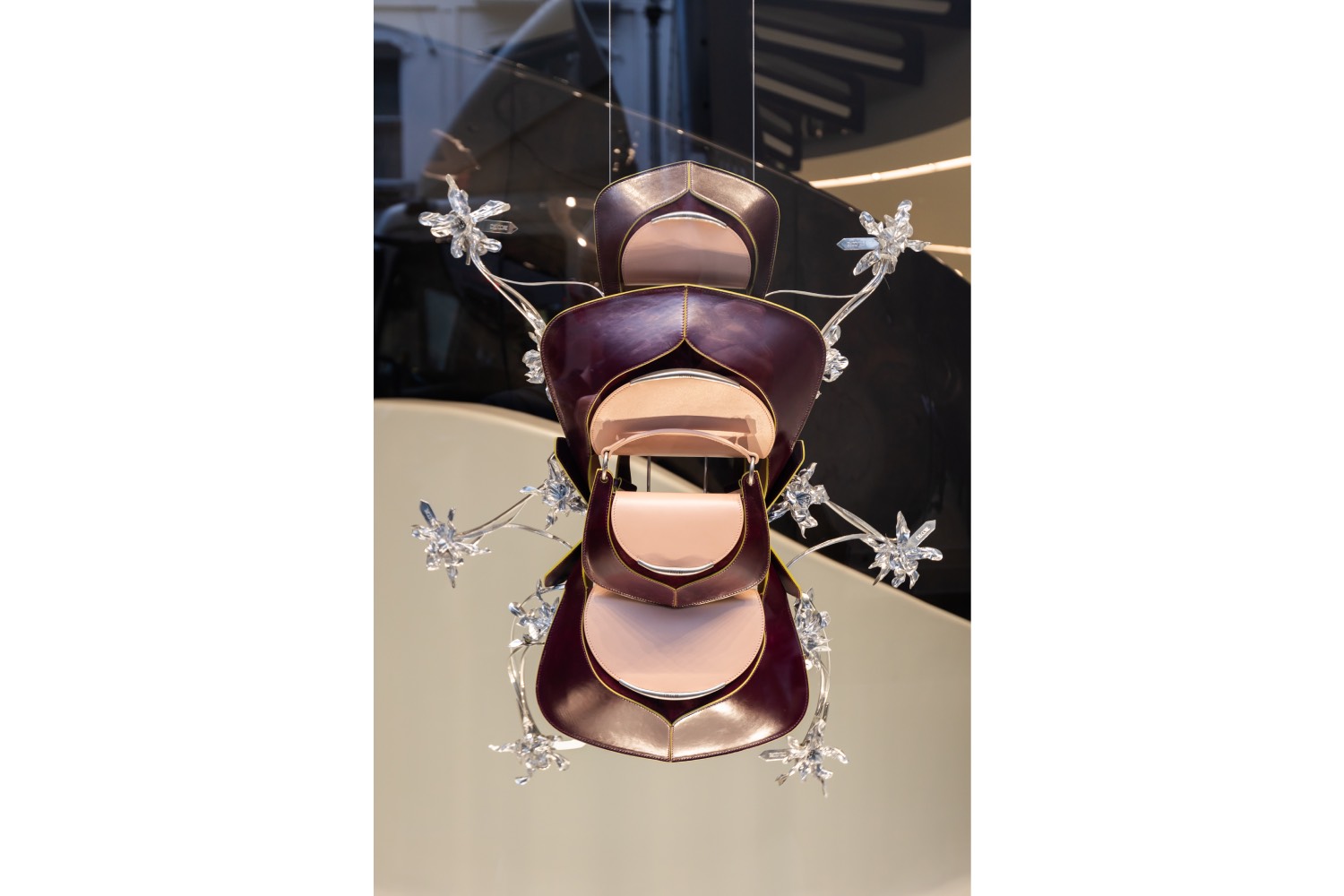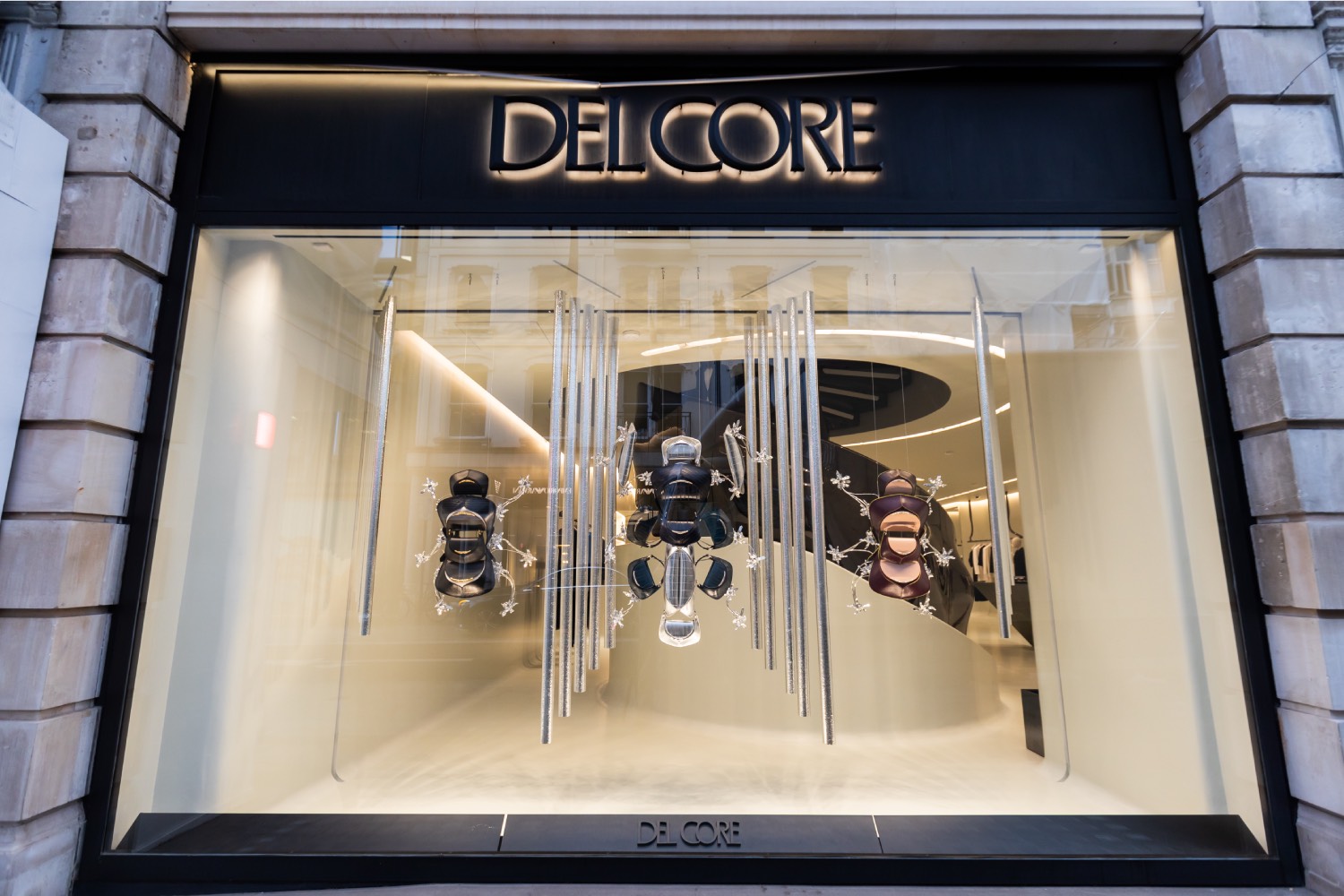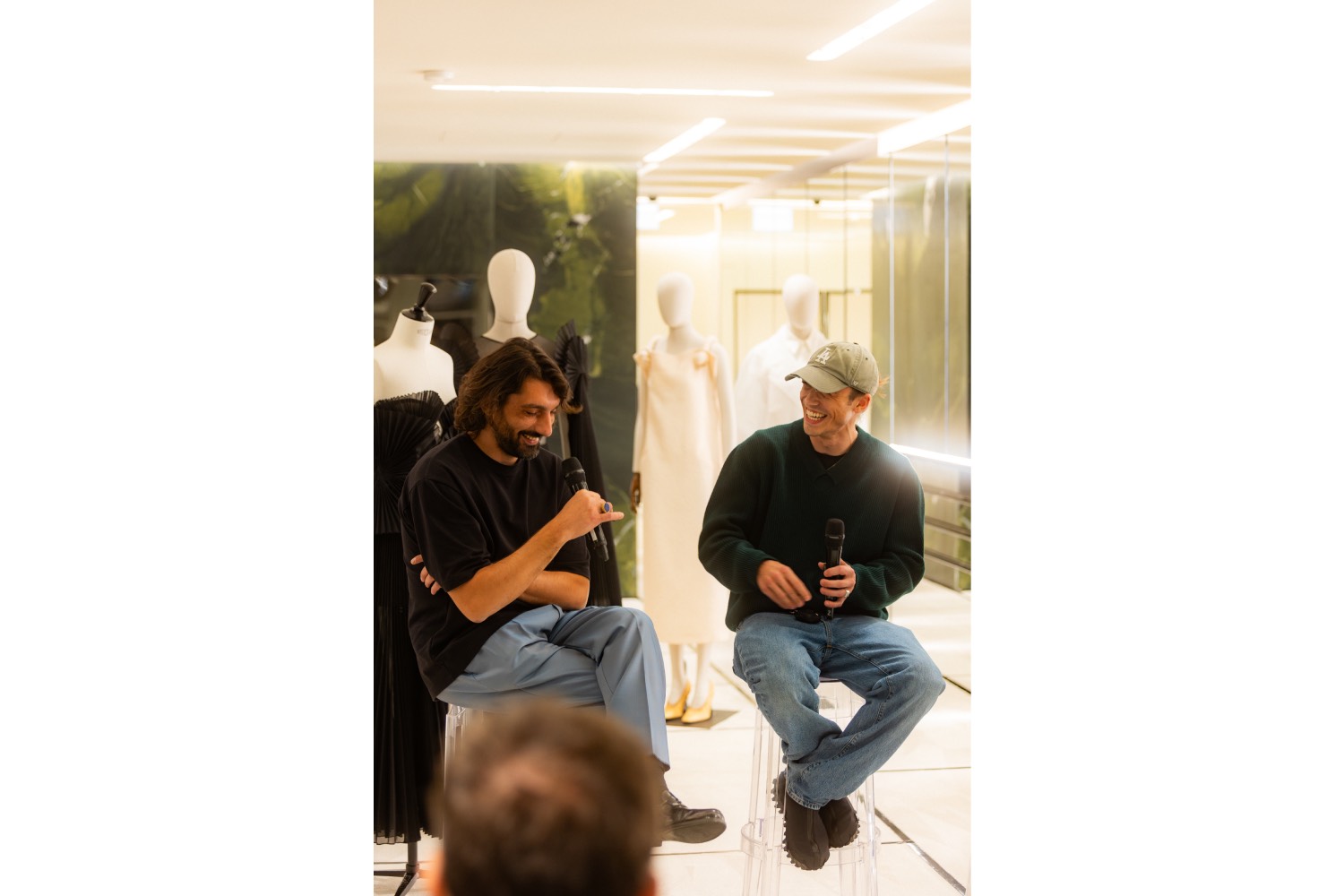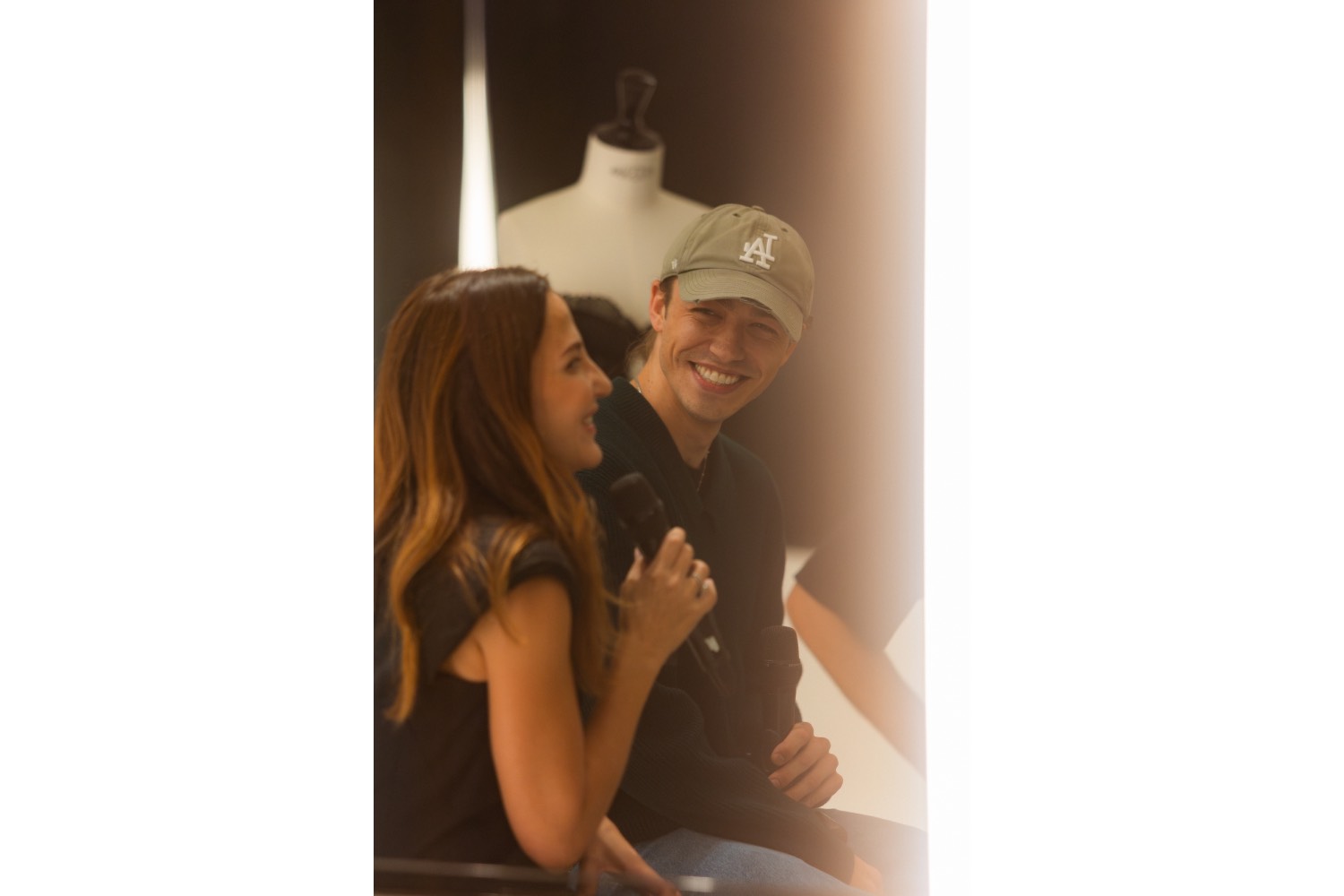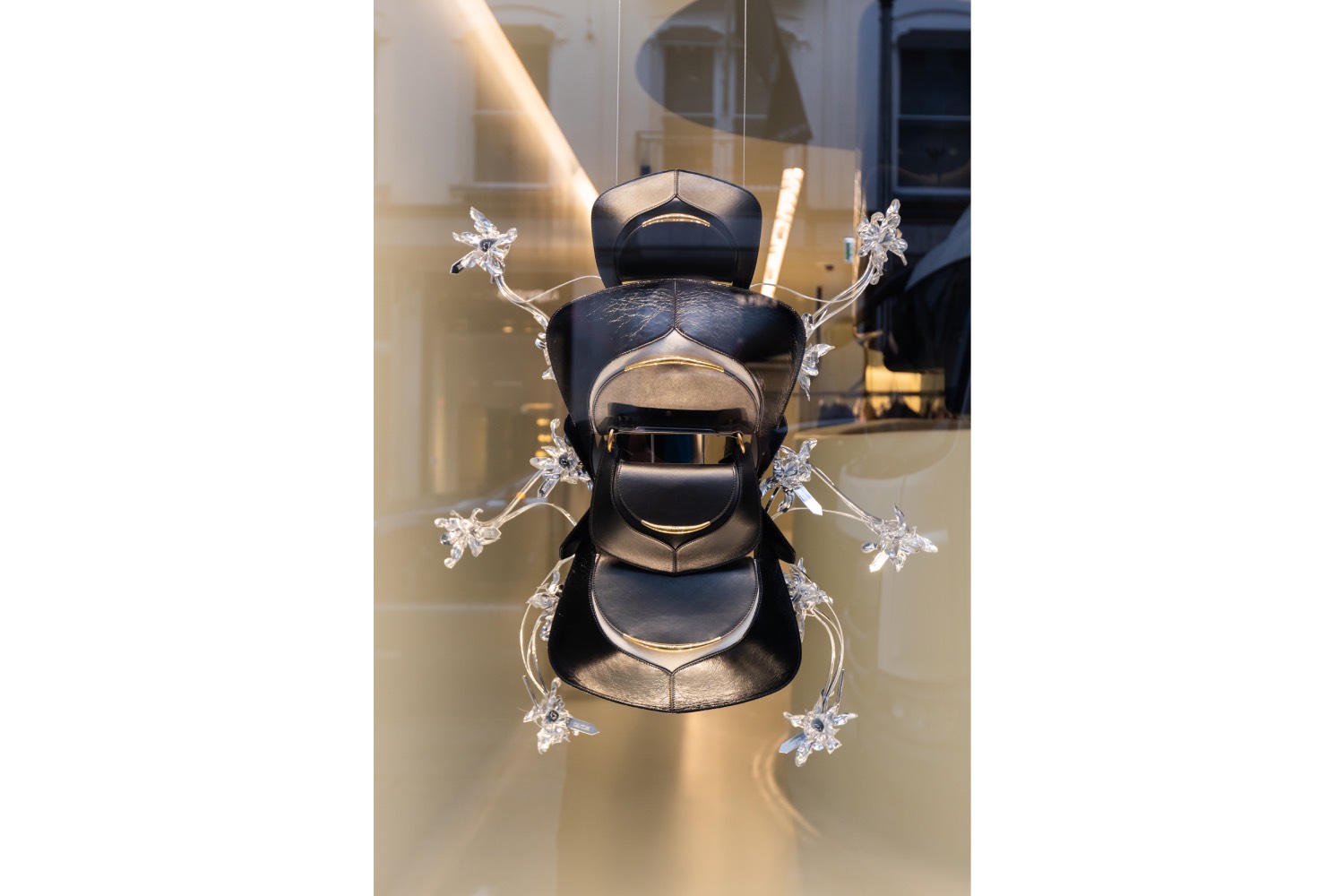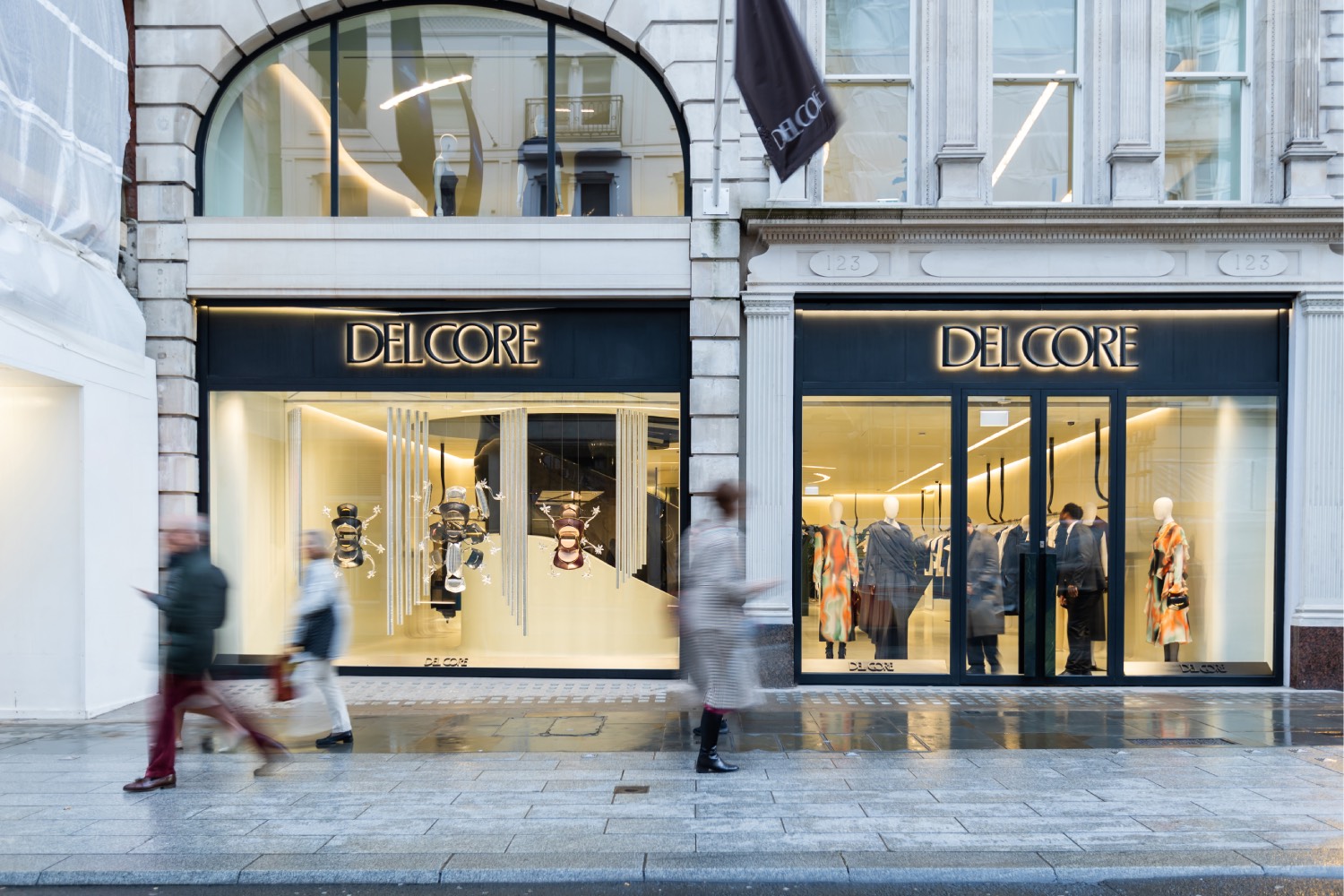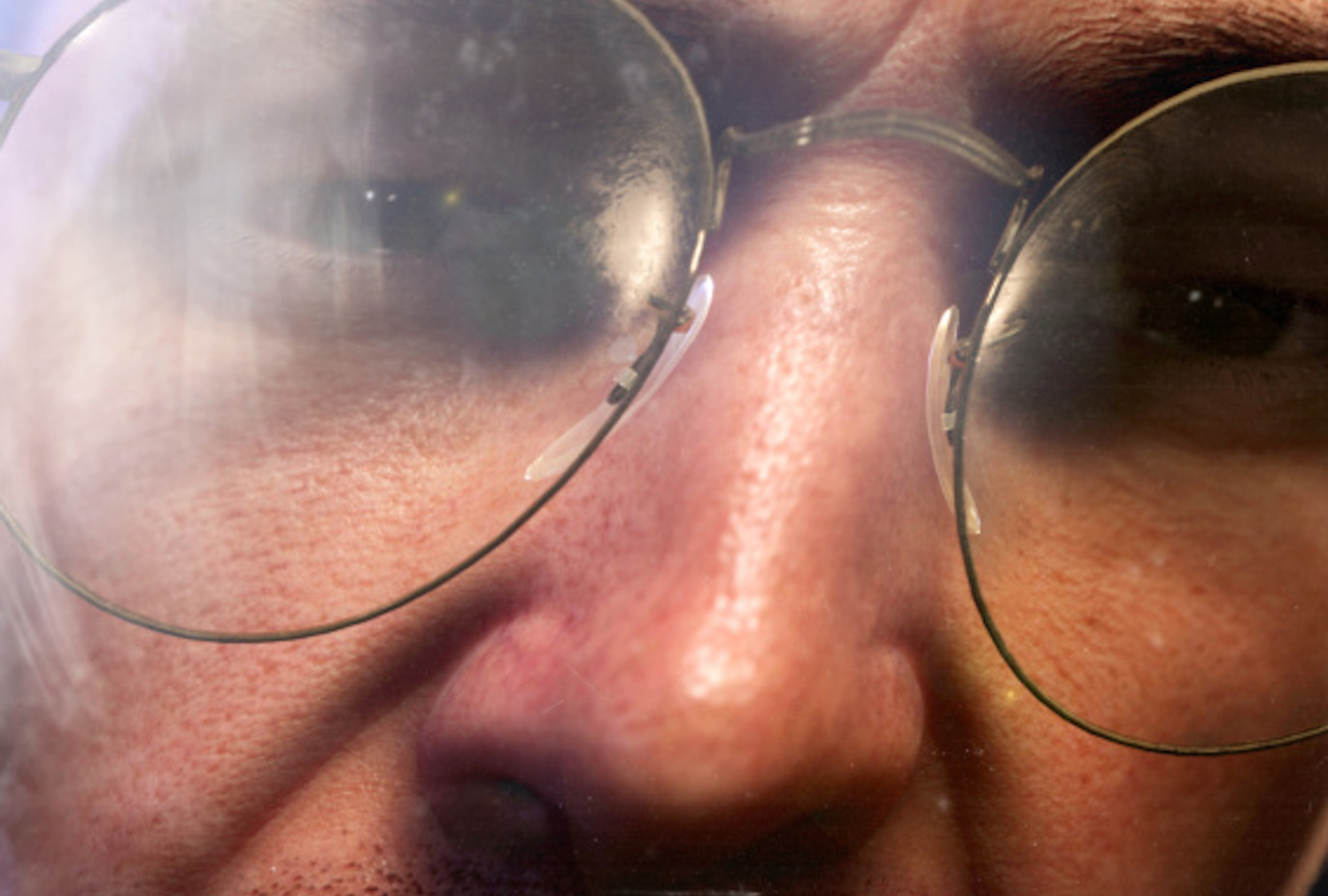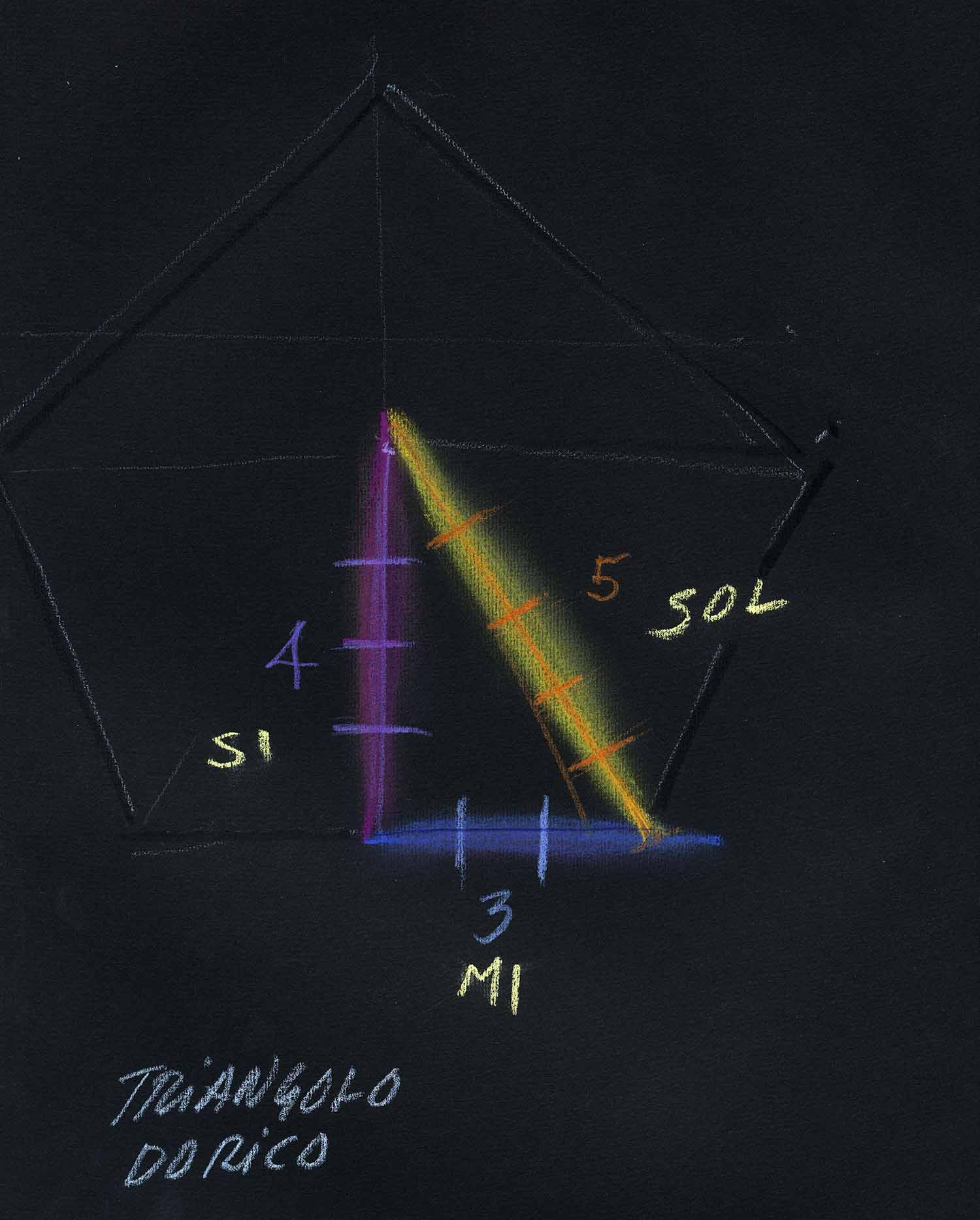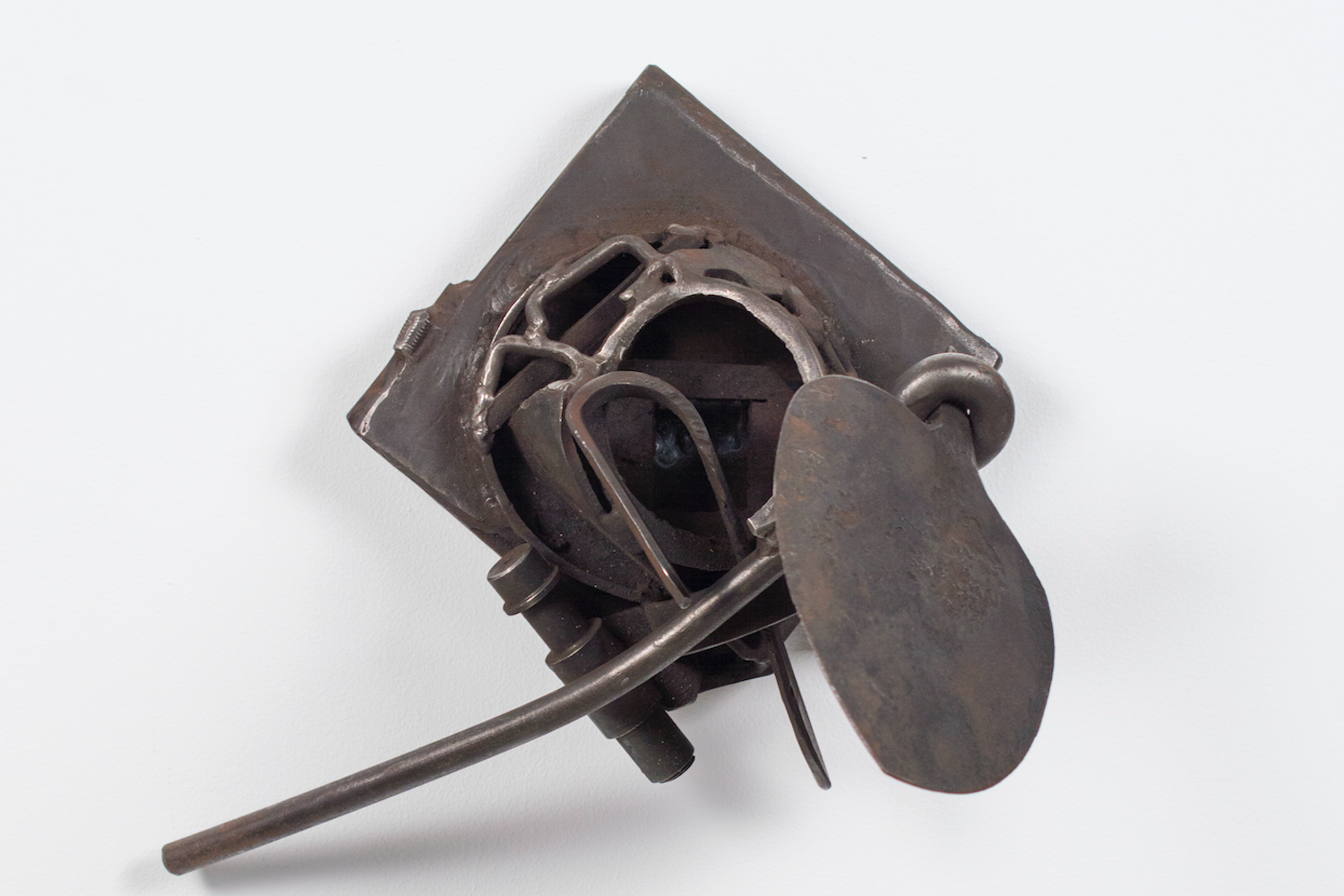Architecture is to nature like nature is to architecture. Daniel Del Core designs his collections starting from both, by passing unapologetically via sci-fi. This is how every DEL CORE’s creation comes to life.
During Frieze week, DEL CORE invited artist Carlo Cossignani to conceive an installation for the store windows. Three giant insects made out of the brand’s Bettle Bag, take over the vitrine,becoming an actual presence in New Bond Street.
Gea Politi: I love the name Del Core, because it’s in between core and “core,” which is the Neapolitan way to say heart. It is also the scientific way to call ‘heart’ in Italian language. So, I kind of find it a universal language name.
Daniel Del Core: It’s really nice, and it’s my real name as well – I like my name!
GP: When I entered Del Core London store, I thought it was quite a real experience. It wasn’t like entering – and pass me the term because I’m coming from the art world! –a white cube or an art gallery. It’s a real world, where you feel embraced. I think it’s something stores and even art galleries should think more about. Otherwise, we could be selling an art piece in a store and a fashion item in a gallery, and it would be the same. The first question I wanted to ask is very direct: what is the first meaningful relationship you had before fashion? Was it nature or art?
DDC: It was probably nature, because I grew up in the south of Germany, in the Black Forest. That’s where I would go camping and hanging out in nature with friends, climbing and hiking. Then, when I moved to Italy, I got into a very strong interest for art and that’s where it all started.
GP: Did you immediately start to build a relationship with contemporary art? Is this your first collaboration with Carlo Cossignani, who designed the windows of the store?
DDC: Art is always in my work as well. I get inspired by different things and art is always a part of that. But this is mine and Carlos’ very first collaboration.
GP: Did you start by being inspired by artists who work with nature?
DDC: No, not really. I was mostly inspired by architectural and graphic works or a little bit more graphic – the opposite of what nature would do.
GP: Carlo, can you explain how you approached the project? What I find very interesting about the installation in the window is that you brought the Beetle Bag to its actual first nature in order to be a perfect creature again. How did this conversation with Daniel begin?
Carlo Cossignani: Daniel and I have a similar approach in many aspects of our way of working. I think the most important aspect that connects us is the interest in the structure, the architecture of nature, and the human being. I try to blend our languages without intervening directly in Daniel’s creations but to think about a structure or a sculpture that could integrate his work, transforming it into something else. When I’m making a piece, I usually start from myself, from my story. It was really interesting, this time, to start from Daniel’s creation and mix it with my own language.
GP: Did you have a conversation about the installation? Or did you kind of work it out separately?
CC: We talked about it together. And, I mean, the name says it all: it’s the Beetle Bag. It’s a bag inspired by the shape of an insect, so it was very clear we could do with the installation
GP: Daniel, can you describe the world of Del Core in five words?
DDC: I would say: narrative, interesting, fun, young and fresh!
GP: You started the brand during a very complex moment in history, which was 2020, although your first show was probably February 2021. What was the driving force behind that decision in that very moment?
DDC: I started thinking about this with my partner in 2019, before COVID happened. And then from there we just worked through it. When COVID hit where we had to pause it for a moment and see what would happen. The brand really started 2021 with the first show, which was very emotional and important.
GP: It must have been very tough to start in that moment.
DDC: The whole experience was completely insane. The show took place in a Milan archive, which holds of everyone living in the city. There was this strange computer moving around the room, adding to the surreal atmosphere. We thought, “This place is amazing, so let’s use it.” So we transformed the garage – essentially the basement – into a vertical farming setup for the event. That became the venue for the show. Around forty members of the Italian press attended, and since we were the only brand presenting, most of the attention was luckily on us. It turned out to be a good moment!
GP: What do you think is the common language between Carlo Cossignani and Daniel Del Core’s imagery?
CC: I think what connects us the most is trying to understand the structure of things and human relationships. And to express that understanding through a garment or a painting.
DDC: One of Carlo’s work that I really love is a particular column design that looks like a broken column, but it’s entirely made of paper. When I first saw it, I thought, “Wow, this is amazing,” and assumed it would be really heavy – it almost looked like stone. Then I realized it was paper, and I was like, “Wait, what? How did you do that? That’s incredible.” It made me realize how his work shares something in common with mine. Both of us draw inspiration from organic forms, but we like to shape and give them structure.
GP: Carlo’s practice is a lot about the invisible. I see a similar balance, between the visible and the invisible, in your clothes. Do you ever think about politics when designing a collection?
DDC: No, not really. I prefer to leave it to people that know how to treat it.
GP: And do you begin by thinking which person or creature or animal is wearing the clothes?
DDC: All my collections usually have a narrative, and I stay really closely tied to that story, creating characters within it. These characters can be anything – a mutant glamour thing, a friend, or whatever fits. For example, my mom loves knitwear, and once I created a knit piece without realizing I subconsciously designing it for her. When she saw it, she said, “This is so me, I want it.” She was really happy to receive it, and I realize it had been growing in my mind while I was working.
GP: Do you believe in art and fashion entwined when it comes to reflecting on an artwork or a collection?
DDC: I mean I’m not a literal person, so while my garments are often inspired by art, I wouldn’t, for example, print an actual art piece printed on them. Instead, I’m more inspired by the colors, themes, subjects, or even dimensions of the artwork.
GP: And Carlo, you actually worked in fashion in the past. Have you ever thought about making a product rather than an artwork?
CC: No, I was always interested to collaborate with fashion, but not to make a product itself.
GP: Daniel, I wanted to ask if you’ve ever considered collaborating with an artist to create a collection, like a capsule collection in that sense?
DDC: Yeah, why not? Collaborations are always interesting, and that’s what we did here. So definitely, in the future, I’d be open to it.
GP: Do you think this connection to nature will continue to play a role in your work?
DDC: Yes, absolutely. In my personal life, I love hiking and diving, and these experiences with nature always influence my work.
GP: What about you, Carlo?
CC: It’s starting to become a part of my work. I’ve been more focused on human culture, but nature is now entering my work.
GP: Recently, I’ve been asked to write about the relationship between fashion and art. I’ve always had this feeling that it’s not really a relationship, but there’s a sort of common ground, a visual cultural world they connect to. Do you agree?
DDC: Definitely. There’s a fine line between fashion and art. A garment can be seen as something we wear daily, but depending on how it’s presented and the story behind it, it can also be considered art.
GP: I think a very big difference is that art is something we experience outside of yourself, while fashion is worn and becomes a part of us. How do you approach art when you attend a show?
DDC: I’m very interested in narratives. I want to understand the story behind it – why certain colors or shaped used. The narrative is key to the final product.
GP: How is it for you, Carlo? How do you approach a fashion show?
CC: I try to understand the designer’s intention and how their ideas are translated into the production.
GP: I think to try to read the intention of a fashion designer, an artist or a biologist. It’s very interesting, because it’s always going to be your reading. So, what was the intention behind this project?
CC: I think it was about blending Daniel’s inspiration with mine, combining new ideas to create something new.
DDC: Exactly. We wanted to present the product in a way that connected fashion and art, like taking a functional object, such as a bag, and giving it a sculptural context.
GP: What was the idea behind the collection we’re seeing here?
DDC: The last fashion show was about a chrysalis transforming into a creature – woman, human, or something else. For this show, we focused on the narrative of a scientist’s day, from morning to evening, creating a flow through the collection.
GP: Carlo, what did you think when you first saw the space?
CC: It felt very much in line with Daniels’ DNA.
GP: Yes, it’s incredible. And Daniel, the Beetle Bag – did its structure come directly from the beetle, or was is more abstract?
DDC: I am generally inspired by things that aren’t always obvious. I started researching beetles and their surface textures, which led to the design of the bag. There’s a whole world inside these small creatures that really intrigued me.
GP: Was it important for you to make the bag distinct from a literal beetle?
DDC: The thinking process is kind of like being a little scientist. You know, observing the beetle, studying it closely. The inspiration comes from that curiosity. When I get into something, I dive deep, researching books, movies, documentaries, trying to get as much information as I can.
GP: I’m sure there are many versions of beetles you’ve come across, but probably no one has ever designed a Beetle Bag…
DDC: Wellm they told me I can use the name, so I guess not.
GP: Is there something you’d like to add about this project?
DDC: The great thing is, this is the first time we’re doing something like this. It’s new for us, and I’m really happy with how it turned out. Carlo is extremely talented, so I’m very glad for his help.

